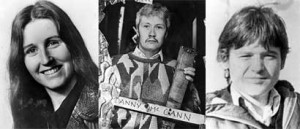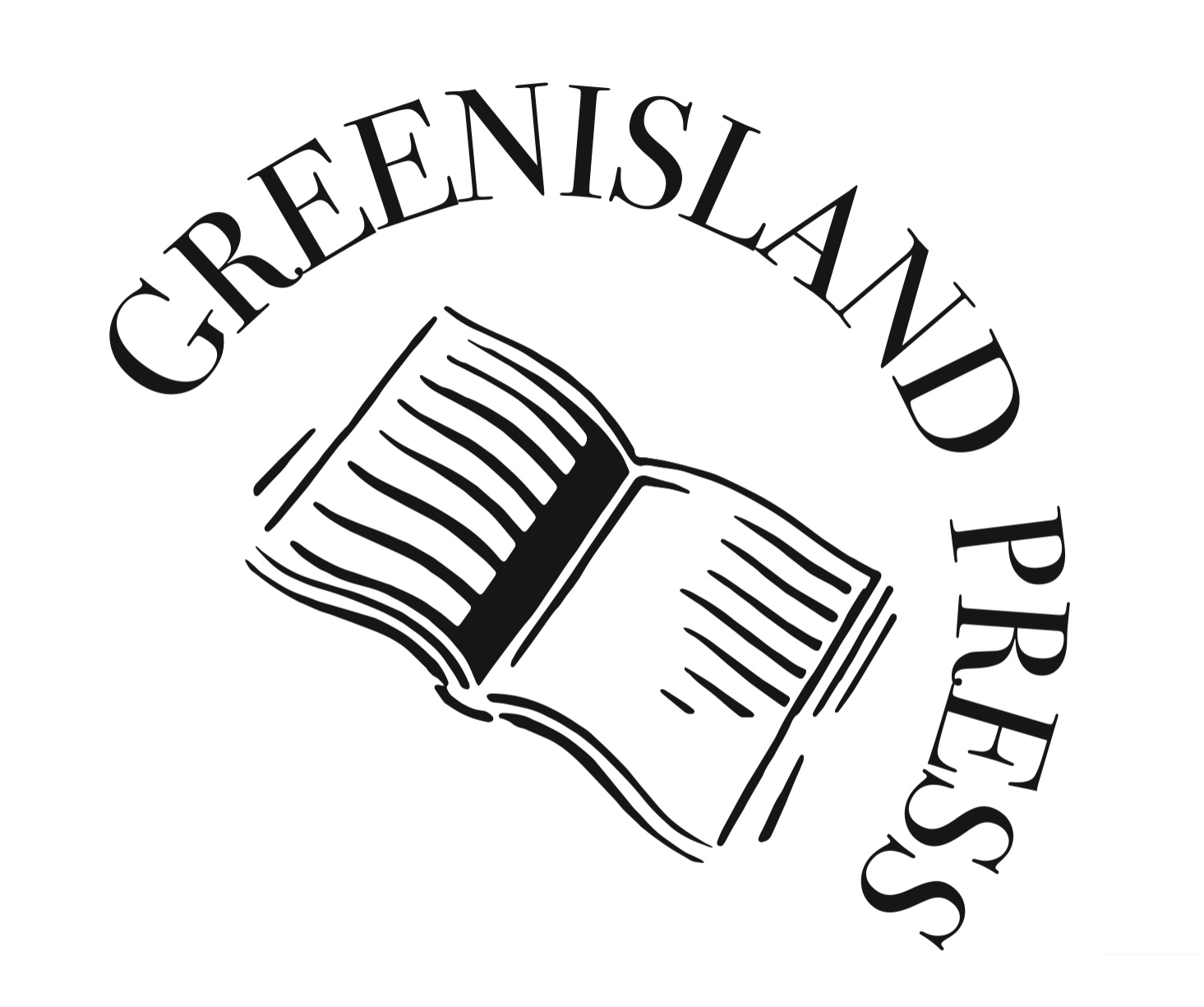 Twenty-five years ago three IRA Volunteers, Mairead Farrell, Dan McCann and Sean Savage, were executed by the SAS in Gibraltar. At the time I was Sinn Féin’s National Director of Publicity. Those killings and other events at that time ultimately led to the foundation of Feile an Phobail, the festival based in West Belfast, which I currently chair. The following feature was published in last week’s Andersonstown News.
Twenty-five years ago three IRA Volunteers, Mairead Farrell, Dan McCann and Sean Savage, were executed by the SAS in Gibraltar. At the time I was Sinn Féin’s National Director of Publicity. Those killings and other events at that time ultimately led to the foundation of Feile an Phobail, the festival based in West Belfast, which I currently chair. The following feature was published in last week’s Andersonstown News.
Scrolling through channels that Sunday, 6th March, I stumbled on BBC Radio Wales and caught a newsflash from the British Ministry of Defence claiming that three ‘IRA terrorists’ had been shot dead in Gibraltar. At first I thought they had made a mistake and that three ETA members had been killed. But, worried and anxious, I went out to look for other members of the Movement in West Belfast and discovered that many others were doing the same.
Eventually we held a meeting and people were able to piece together something of what had happened. There was a lot of confusion and rumours. Different people’s names were being mentioned, people who perhaps were on the run, people who had been away from home for some time.
At about 8pm the facts were slowly pieced together: it was Mairead, Dan and Sean who had been killed. I had visited Mairead when she was in Armagh Jail and I knew Dan from he was a teenager. Sean, the youngest, aged just 24, I knew slightly.
We had to make arrangements to inform their families. At that time Sean’s father, John Savage, was the head barman in the Beehive pub. I went there and saw him just standing behind the counter, chatting away to people and smiling, not a worry on his face. I called him to the side and told him that there was bad news and he would need to go home and then I informed him of exactly what we understood happened and with great dignity the man just put on his coat and left.
That night we had another meeting and Gerry Adams, who was MP for the area, was present. He contacted Paddy McGrory, the solicitor, who had represented Dan and Sean, and at about eight o’clock the next morning I, Joe Austin and Gerry met in Paddy’s home with representatives of the McCann family, Mr. and Mrs. Farrell and one of their sons and members of the Savage family. It was an extremely distressing and emotional meeting. The media were carrying British claims that ‘a very large car bomb’ had been recovered and that there had been a ‘shoot-out’, all of which were lies.
Our priority was overcoming the difficulties and obstacles in getting the remains of our comrades home. It was the start of a very, very long twelve-day period when the community of West Belfast was put through hell.
Joe Austin’s account of that journey from Gibraltar to Ireland and his dealings with Gibraltar’s hate-filled bureaucrats, is a quite harrowing story.
As the cortege was making its way up north from Dublin I was in our Sevastopol Street offices in contact with Gerry Adams who was using an early version of a mobile phone which kept cutting out. But I could hear the conversation in his car as the coffins were attacked, passing through the northern outskirts of Newry by flag-waving, jubilant loyalists. My memory is also of Tom Hartley coming into the room to tell me that in a shooting in Turf Lodge an IRA Volunteer had been killed by the British army. As it turned out it was former blanketman Kevin McCracken who had been on active service.
I stood, along with a thousand others at Kennedy Way roundabout, after midnight, waiting on the cortege, chatting to people, including Ned Flynn, the second man on the blanket protest in 1976, and my young friend Kevin Brady, who had operated with Dan. The next time I was to see Kevin was in a coffin. The RUC hijacked the three hearses on the M1 and diverted them away from those who had come to pay their respects. The RUC or British Intelligence also had another plan.
Michael Stone in his so-called ‘true story’ Stone Cold claims that he decided against killing Adams, McGuinness and myself as we sat together in a pew during Requiem Mass in St Agnes’ and would wait until Milltown. But I had been outside throughout Mass, not in the chapel. Afterwards, in Milltown, I was standing beside Mary Holland of the Irish Times when Stone’s first grenade exploded, showering us with dirt. Kevin Brady had, I now know, moments earlier gone to pay his respects at his father’s grave and was the first to encounter and challenge Stone as he retreated from his murder spree. Stone shot him in the stomach and Kevin bled to death on his way to the Royal.
For several years, until that day, all republican funerals had been viciously attacked by the RUC. But that morning the RUC had withdrawn from West Belfast and it was clearly to give Stone a free hand. Indeed, when they did appear it was to save him from a crowd of courageous unarmed young people who had pursued him despite being shot and bombed and three of their number killed.
Three days later, I was a pall bearer carrying Kevin’s coffin when again we were attacked when a car drove at high speed toward the cortege. It was a terrifying experience. To this day the British have never explained what exactly two armed, plain-clothed soldiers in an unmarked car where doing that day in Andersonstown. Rather, their capture and deaths at the hands of the IRA were turned into a demonization of West Belfast’s people.
Of course, the irony is that West Belfast turned that negative into a positive and decided to celebrate who they really were – a people with a proud history, a people to be admired, who had talent, who were forgiving, outgoing, friendly and generous and who could hold their heads high.
Thus arose Féile an Phobail, twenty five years ago. A distinct community festival because of its roots, because of its people, and we can never forget the cost to our people of survival in those dark days, and, ultimately, the triumph of a community over oppression and adversity.

